


Books in series

Mustang Aces of the Eighth Air Force
1994

Bf 109 Aces of North Africa and the Mediterranean
1997

Wildcat Aces of World War 2
1995

Korean War Aces
1995

Late Marque Spitfire Aces 1942 45
1995

Focke-Wulf Fw 190 Aces Of The Russian Front
1995

Mustang Aces of the Ninth & Fifteenth Air Forces & the RAF
1995

Corsair Aces of World War 2
1995

Focke-Wulf FW 190 Aces of the Western Front (Osprey Aircraft of the Aces No 9)
1996

Hellcat Aces of World War 2
1996

BF 109D/E Aces 1939-1941
1996

Spitfire Mark I/II Aces 1939-1941
1996

Japanese Army Air Force Aces 1937-1945
1997

P-38 Lightning Aces of the Pacific and CBI
1997

Soviet Aces of World War 2
1997

Spitfire Mark V Aces 1941-1945 (Osprey Aircraft of the Aces No 16)
1997

German Jet Aces of World War 2
1998

Hurricane Aces, 1939-40
1998

P-38 Lightning Aces of the ETO/MTO
1998

German Night Fighter Aces of World War 2
1998

Polish Aces of World War 2
1998

Imperial Japanese Navy Aces 1937-45
1998

Finnish Aces of World War 2
1998

P-47 Thunderbolt Aces of the Eighth Air Force
1998

Messerschmitt Bf 110 Zerstörer Aces of World War 2
1999

Mustang and Thunderbolt Aces of the Pacific and CBI (Osprey Aircraft of the Aces No 26)
1999

French Aces of World War 2 (Osprey Aircraft of the Aces No 28)
1999

BF 109 F/G/K Aces of the Western Front
1999

P-47 Thunderbolt Aces of the Ninth and Fifteenth Air Forces (Osprey Aircraft of the Aces No 30)
1999

Albatros Aces of World War I (Osprey Aircraft of the Aces No 32)
2000

Nieuport Aces of World War I (Osprey Aircraft of the Aces No 33)
2000

Italian Aces of World War 2
2000

P-40 Warhawk Aces of the CBI
2000

P-39 Airacobra Aces of World War 2
2001

Bf 109 Aces of the Russian Front
2001

Tomahawk and Kittyhawk Aces of the RAF and Commonwealth
2001

Spad VII Aces of World War 1
2001

Fokker Dr I Aces of World War 1
2001

American Volunteer Group Colours and Markings
2001

American Aces of World War I
2001

P-40 Warhawk Aces of the MTO (Osprey Aircraft of the Aces No 43)
2002

Gloster Gladiator Aces
2002

British and Empire Aces of World War I
2001

Austro Hungarian Aces of World War I
2002

Dolphin and Snipe Aces of World War 1
2002

Croatian Aces of World War 2
2002

Hungarian Aces of World War 2
2002

‘Down to Earth' Strafing Aces of the Eighth Air Force
2003

Sopwith Camel Aces of World War 1
2003

Fokker D VII Aces of World War I Part 1
2003

Rumanian Aces of World War 2
2003

P-40 Warhawk Aces Of The Pacific
2003

LaGG & Lavochkin Aces of World War 2
2003

Hurricane Aces, 1941-45
2003

Israeli Mirage and Nescher Aces
2004

Israeli F-4 Phantom II Aces
2004

‘Twelve to One’ V Fighter Command Aces of the Pacific
2004

Sopwith Triplane Aces of World War 1
2004

Fokker D VII Aces of World War I Part 2
2003

Yakovlev Aces of World War 2
2005

Beaufighter Aces of World War 2
2005

Sopwith Pup Aces of World War 1
2005

Bf 109 Defence of the Reich Aces
2006

Mosquito Aces of World War 2
2005

F-86 Sabre Aces of the 51st Fighter Wing
2006

Pfalz Scout Aces of World War 1
2006

F-86 Sabre Aces of the 4th Fighter Wing
2006

Early German Aces of World War I
2006

Soviet Lend-Lease Fighter Aces of World War 2
2006

Royal Navy Aces of World War 2
2007

Albatros Aces of World War 1 Part 2
2007

American Spitfire Aces of World War 2
2007

Griffon Spitfire Aces
2008

Soviet MiG-15 Aces of the Korean War
2008

Malta Spitfire Aces
2008

American Nightfighter Aces of World War 2
2008

Ki-43 'Oscar' Aces of World War 2
2009

P-36 Hawk Aces of World War 2
2009

Spitfire Aces of Burma and the Pacific
2009

Pusher Aces of World War 1
2009

Italian Aces of World War 1
2009

Fiat CR.42 Aces of World War 2
2009

Brewster F2A Buffalo Aces of World War 2
2010

Fw 190 Defence of the Reich Aces
2010

RAF Mustang and Thunderbolt Aces
2010

Fiat CR.32 Aces of the Spanish Civil War
2006

Polikarpov I-15, I-16 and I-153 Aces
2010

Mustang Aces of the 357th Fighter Group
2010

Naval Aces of World War 1 Part 1
2011

Spitfire Aces of North Africa and Italy
2011

Aces of the Legion Condor
2011

Ki-44 ‘Tojo’ Aces of World War 2
2011

Luftwaffe Viermot Aces 1942–45
2011

MiG-3 Aces of World War 2
2012

Ki-27 ‘Nate’ Aces
2012

Naval Aces of World War 1 Part 2
2012

Defiant, Blenheim and Havoc Aces
2012

Spanish Republican Aces
2012

P-38 Lightning Aces of the 82nd Fighter Group
2012

American Aces against the Kamikaze
2012

Austro-Hungarian Albatros Aces of World War 1
2012

Russian Aces of World War 1
2013

Fokker D.XXI Aces of World War 2
2013

Ki-61 and Ki-100 Aces
2015

Aces of the 78th Fighter Group
2013

Aces of Jagdgeschwader 3 'Udet'
2013

Aces of the 325th Fighter Group
2014

F6F Hellcat Aces of VF-9
2014

P-38 Lightning Aces 1942–43
2014

Spitfire Aces of Northwest Europe 1944-45
2014

Reconnaissance and Bomber Aces of World War 1
2014

Arctic Bf 109 and Bf 110 Aces
2015

F4F Wildcat and F6F Hellcat Aces of VF-2
2015

Aces of the Republic of China Air Force
2015
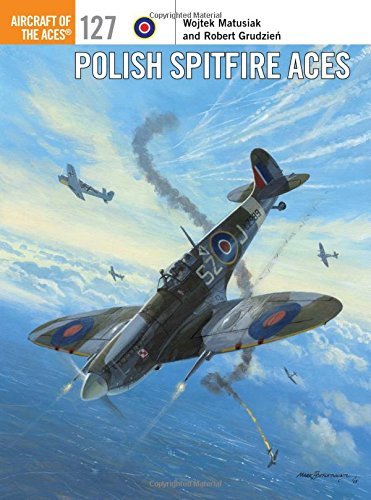
Polish Spitfire Aces
2015
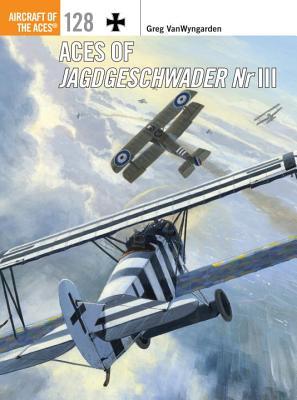
Aces of Jagdgeschwader Nr III
2016

J2M Raiden and N1K1/2 Shiden/Shiden-Kai Aces
2016
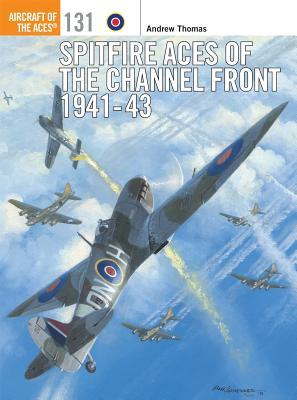
Spitfire Aces of the Channel Front 1941-43
2016
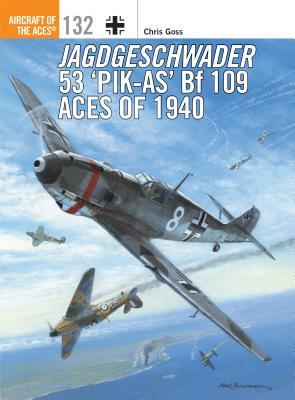
Jagdgeschwader 53 ‘Pik-As’ Bf 109 Aces of 1940
2017
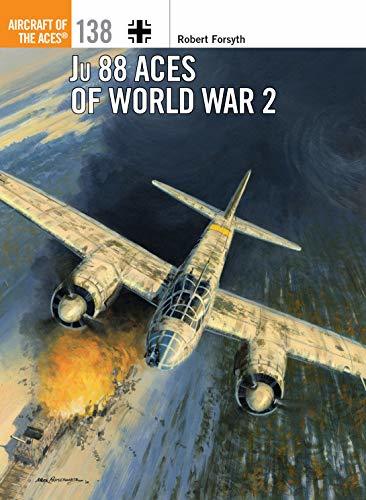
Ju 88 Aces of World War 2
2019
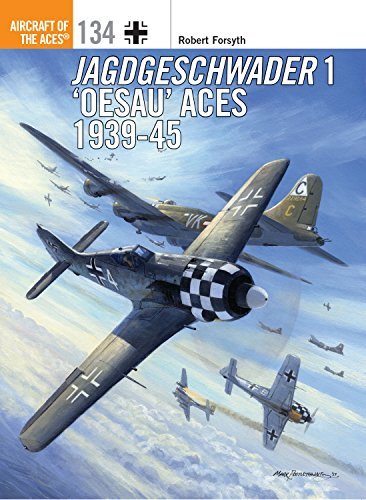
Jagdgeschwader 1 ‘Oesau’ Aces 1939-45
2017

MiG-21 Aces of the Vietnam War
2017

A6M Zero-sen Aces 1940-42
2019
Authors

Born a fourth-generation Oregonian, descended from American pioneers, Revolutionary War Patriots, Pilgrims (e.g. Priscilla Alden) and Pocahontas, Tillman was raised on the family wheat and cattle ranch. His younger brothers include a breeder of exotic animals and a Rhodes Scholar. In high school he was an Eagle Scout[citation needed], won two state titles as a rudimental drummer, and was a champion speaker and debater. Tillman was first published in 1964 at age 15 and graduated from the University of Oregon in 1971 with a bachelor’s degree in journalism. Like his father, a Navy trained pilot in World War II, Tillman developed an early passion for aviation and learned to fly at age 16. Over the next several years he flew a variety of vintage and historic aircraft, including a pre-WW II Navy trainer and a restored dive-bomber. The latter became the subject of his first book, The Dauntless Dive Bomber of World War II, published in 1976. It established the format for many subsequent books, operational histories of U.S. Navy aircraft. After college Tillman worked as a freelance writer until 1982 when he founded Champlin Fighter Museum Press in Mesa, Arizona, publishing out-of-print and new titles on military aviation. In 1986 he moved to San Diego to become managing editor of The Hook, quarterly journal of the Tailhook Association. He remained in that position for three years before deciding to focus full time to writing fiction. His first novel was published in June 1990. Warriors[1] depicted a Mideast air war and became an immediate best seller when Iraq invaded Kuwait two months later. Tillman's next two novels appeared in 1992: The Sixth Battle, (written with his brother John) which captured a wide following among computer war gamers; and Dauntless, intended as the first in a trilogy. It was followed by Hellcats, nominated as military novel of the year in 1996. He has also published original fiction in the Stephen Coonts anthologies, Combat and Victory. Tillman remains active as a magazine writer. He is a regular contributor to The Hook, Flight Journal, and several firearms publications. He has also reported from Africa for Soldier of Fortune magazine. Tillman is a former executive secretary of the American Fighter Aces Association.[2] -http://en.wikipedia.org/wiki/Barrett\_...
Most of my non-fiction writing is in the field of aviation, primarily the history of people, units and events, though I am also interested in technological developments and their influence on events. I first ran across "serious" aviation writing when I was 10 and found William Green's "All The World's Aircraft, 1954" - the first book I read that seriously dealt with aircraft development beyond picture books. Over the years I read many books by Bill (as I came eventually to know him), and 25 years later he was the first editor to professionally publish an article by me about an aviation topic (a feature about people in California who restored, owned and operated antique airplanes). Not only did he publish the article, he used my photograph for the cover of that issue of Air Enthusiast Quarterly! In the years that followed, Bill became a friend through the mail, a source of valuable insight about writing, and an enthusiastic supporter of my efforts. I've had a lot of success that way with fellow authors. My interest in the field of aviation must be genetic. My mother's favorite tale about me was that my first word, spoken around age 1, was "o-pane!" when we were in a park in Denver, and I pointed up at a P-38 as it flew overhead. My father was involved in aviation in the 1930s, and knew most of the Major Names of the era, like Jimmy Doolittle, Roscoe Turner, and even Ernst Udet. (As an aside, I met General Doolittle myself in 1976. Upon hearing my name, he looked me up and down, then shook his head and said "Nope, too young and too tall." Taken aback for a moment, I realized he was thinking of my father, also a Tom Cleaver. Once I identified myself, he told me a story about my father I had never heard before. I later discovered he had near-perfect recall of names and events.) I grew up looking at my father's photo albums of the old airplanes he had been around, which is probably why I most enjoy airplanes from those years. In addition to writing about airplanes, I take pictures of them in flight. As a result of both activities, I have flown in everything from a Curtiss Jenny to an Air Force F-4E Phantom (definitely the best rollercoaster ride ever), and have additionally been up in World War II airplanes - the P-51 Mustang, P-40 Warhawk, SBD Dauntless, B-25 Mitchell, and many many many times in a T-6. As a pilot myself, I have about 200 hours in a Stearman biplane trainer as a member of a club back in the 1970s. I am certain my personal knowledge of flying as a pilot has helped me put a reader "in the cockpit" in my writing. While I have advanced college and university degrees, I consider myself an autodidact, and I see the involvement with airplanes as my key to the world of self-education, as I would ask myself "what was that airplane used for?" which led to such questions as "how did that war happen?" I was also fortunate to grow up in a home with lots of books and a father who enjoyed history; between that and forays to the Denver Public Library (a Saturday spent in the stacks at the Main Library was a day in heaven), my education was very eclectic in subject matter. My "film school" education came on Saturday afternoons spent at the old Park Theater on South Gaylord Street in Denver, where I went every Saturday from age 7 to age 15 when the theater closed, and watched everything that played on-screen. Somewhere along there, I learned the meaning of "good movie."
Andrew Holmes has worked as Osprey's aerospace editor since 1989, having previously served as an author/photographer for this publishing house. He established the critically acclaimed and hugely popular Aircraft of the Aces series in 1994. Andrew Thomas is one of Britain's most prominent RAF researchers, having published numerous squadron histories. He is presently a serving officer in the RAF. Please refer to Andrew R. Holmes for the American author who writes on aviation security and geopolitics (amongst other topics).

Author of "HITLER'S TIME MACHINE." Author (1955- ); Air Force veteran (1957-60); retired Foreign Service officer (1964-89). Author of about 75 books on the Air Force and on military history and operations. Author of the weekly "Back Talk" column in Air Force Times newspaper, the monthly "Washington Watch" column in Aerospace America magazine; the monthly "Front Line" column in Combat Aircraft magazine; the monthly "Washington News" column in Air International magazine; the "The Way It Was" photo feature in Warbirds magazine; the "History Mystery" feature in Air Power History magazine, and other stuff. I live in Virginia with spouse and Labrador retriever, have grown sons, new iMac. "HITLER'S TIME MACHINE" was published in December 2014
Alfred Price seved for 16 years as an aircrew officer in the Royal air Force where he specialised in electronic warfare and air fighting tactics. He left the RAF in 1974 and thereafter he worked full time as a writer on aviation subjects. He holds a PhD in history from Loughborough University and is a Fellow of the Royal Historical Society.